|
This week's topic on #somawithDaphneandLucy is about what constitutes healthy stretch! Everyone loves a good stretch. However, do you sometimes feel that the more you stretch, the more you need to stretch? The yoga world is obsessed with stretching. There’s this misconception that the more one stretches a particular area of the body, the “longer” and “looser” it will be, and “looser” feels better than “tight”. Like most things in life, there’s also the “high” of chasing big sensations in stretching, and the belief that there is no gain unless there is some sort of pain. Being a person with hypermobility, the physical practice of yoga came about relatively easily for me. It doesn’t take long for my joint spaces to open up and I could quite quickly flop into forward bends or use my arms as leverage to pull myself to extreme range of motion. I’d feel spacious and open after an intense stretching session. However, it wouldn’t take long before my body started to feel tight again and needed another round of “fix”. As this cycle perpetuates, my body would feel achy and sore if I have to sit or stand or walk for extended periods; my mind restless. To many people, I seemed like a dedicated yogi, spending hours on a yoga mat contorting myself into a pretzel. I realised that something had gone terribly amiss when the more I practice, the less I could bear stillness without discomfort - counter to the tenet that Yoga is state of being both steady and easeful (Sthiram Sukham Asanam) I finally found the answer to this mystifying conundrum when I discovered somatics and mobility practice. I had been stretching wrong! I was chasing sensations instead of cultivating awareness. I wasn’t listening to the subtle nuances of what my body was telling me. My muscles were either switched off or over-contracted in those deep stretches, further stressing my already hypermobile connective tissues - in particular the tendons and ligaments - as I collapsed into gravity or when I leveraged on an external force to pull myself into the end range of motion (ROM). Even though this might initially trigger the nervous system into a relaxation response, it also destabilises the connective tissues around my joints. My body then sends a “danger signal” resulting in even more muscle tension, creating the vicious stretching cycle. My practice now includes resistance stretching which requires active range of motion, i.e keeping muscles in eccentric contraction and maintaining integrated postural tone through myofascial continuity (more on a future post!) to express our 3-dimensional relationship with gravity and space, as well as in creating progressive loading with theraband or weights to strengthen and stabilise joints) Passive stretching is still a valuable practice to down-regulate the nervous system when we use props to support joints without going into the full range of motion such as in restorative poses.. The concept of a neutral pelvis is a topic every movement educator across different modalities would passionately debate over. This week on #SomawithDaphneandLucy, we’d like to share our take on the neutral pelvis as an embodiment PROCESS, rather than just a shape or a form. One of the most logical rationales to this principle is that - When the pelvis is in its neutral position, it allows for the most amount of space between each vertebra, as they are then aligned in their natural curves (i.e primary and secondary curves or kyphosis and lordosis). A neutral pelvis means that our spine can act as a “spring” in our bipedal form, to provide a buffer for the compressive forces moving through the body as we navigate through space and gravity. A simple approach to finding a neutral pelvis is to experiment with the anterior and posterior tilting of the pelvis in relationship to the bony landmarks - the ASIS (hip points), and the diamond-shaped compass of the Sacrum, Coccyx, Ischium, Pubic Symphysis - to find the place in the centre. These landmarks are incredibly useful in bringing awareness to a vital and yet vulnerable part of the body that we often ignore. Even though we spend so much time sitting on our bum, what we do with our pelvis and pelvic floor are often only brought to our attention when we are experiencing pain or discomfort. From the bony landmarks, we can begin to explore the intrinsic movement of breath within the inner body, in particular the relationship between the ribcage and the pelvis. Our respiratory diaphragm sits just beneath the ribs. As our primary breathing muscle, the diaphragm contracts and descends during inhalation, and releases to ascend during exhalation. The heart and lungs rest above the respiratory diaphragm, and our internal organs are below this diaphragm. On the other hand (end), the pelvic floor (also a diaphragm) supports the weight of our internal organs, in addition to sexual and elimination functions. The respiratory diaphragm and the pelvic diaphragm (not just a floor!) is actually one continuous integrated “being” that modulates our life force! Their ability to move in resonance with each other is important in the healthy and intricate functioning of all our biological processes, such as oxygenation, circulation, motility of organs, digestive and reproductive processes etc. Creating an embodied awareness on this symbiotic relationship of the intrinsic rhythm of our breath pulsating through the different diaphragms will not only create optimal alignment and ease in the way we move, sit, stand, walk, but also help regulate our nervous system, return us back to health, and cultivate a sense of grounding and safety. In the next video, we would like to invite you to explore a short practice to sense the resonance between the 2 diaphragms to come into the “state” of a neutral pelvis. Why do we study the body?
Because movement is a relational dialogue from the moment of conception. Because movement creates form and precedes language. Because it tells the stories of how we relate to the world around us. Because our nervous system records our conditioning and belief systems. Because our history is written in the cells. Because our body is the expression of our cosmic alchemy. Because it is a medium for deep existential inquiries to our mystical origins. Because in all its fragility we find refuge in impermanence. This week's sharing on #somawithDaphneandLucy is about coming home to the state of flexion: We are the only mammalian species on the planet that walks on two feet. This vertical relationship with gravity not only takes our brain further away from our feet, but also requires our back body to work a lot harder in holding up our front body. This relational dynamic with the environment is also an embodiment of our somatic and cognitive desire to engage with the world. In our quest to move up the evolutionary ladder, we expose our vulnerability to the world through the front body, which contains our soft and vital organs. The front body also forms a big part of our #selfimage (refer to our previous post on this topic) of how we see ourselves and how we want others to see us. Therefore, our nervous system is wired to “think” and “predict” danger to preserve our survival. This sense of vigilance can literally move us away from our anchor and grounding. When the world we live becomes too much for our nervous system to handle - too much stress, too much uncertainty, too much stimulus, too much grief, can we take this as a signal to retreat, to withdraw, to exhale? The flexion state takes us back into our embryological being - a time in which we are nestled and suspended in the warm fluids of our mother’s womb, a state where cells divides and organise, a state of balance and homeostasis, in which the order of nature grants us nourishment and protection. If you’re experiencing physical symptoms like migraine, neck and shoulder tension, back ache, shortness of breath, excessive gas, acid reflux, or even sleep disorder, your body is sending an invitation to marinate yourself in this restorative state. Check out this video as Lucie explains her experience and a little demo to retract the front line and open up the back line of the body. Allow your organs to soften and drape over the support of your cushions, bringing breath into the back body and releasing the adrenals from its state of vigilance to one of yielding. Welcome home. |
Daphne Chua
Registered Yoga Therapist, Somatic Movement Educator, Bodyworker, Yoga Teacher Trainer
December 2021
Categories |
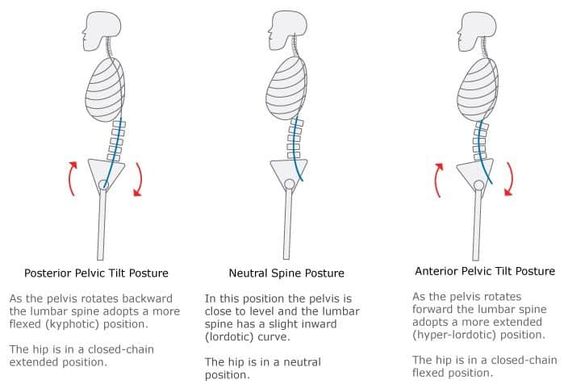
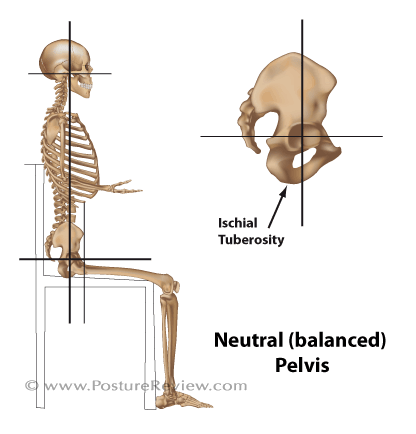
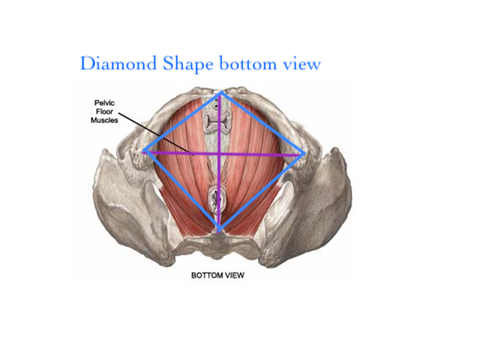
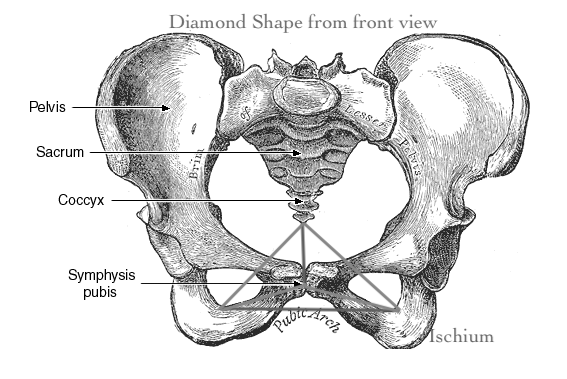
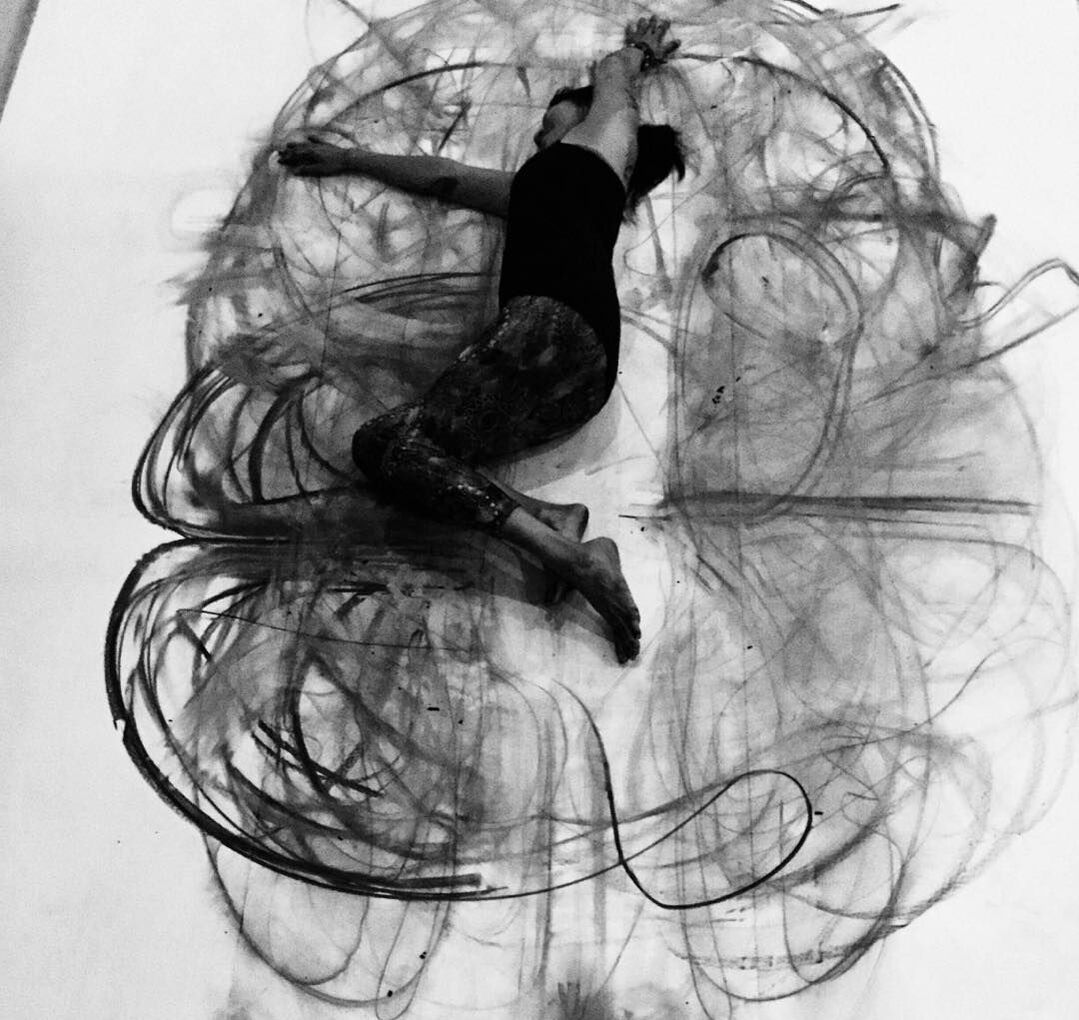
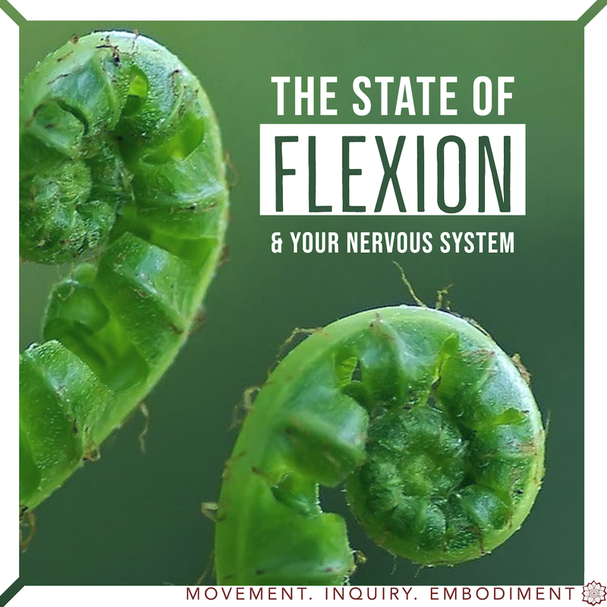
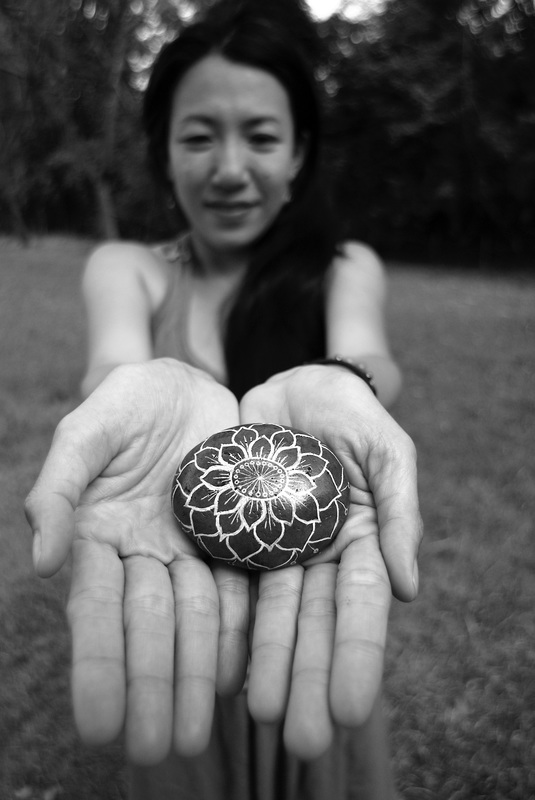
 RSS Feed
RSS Feed
